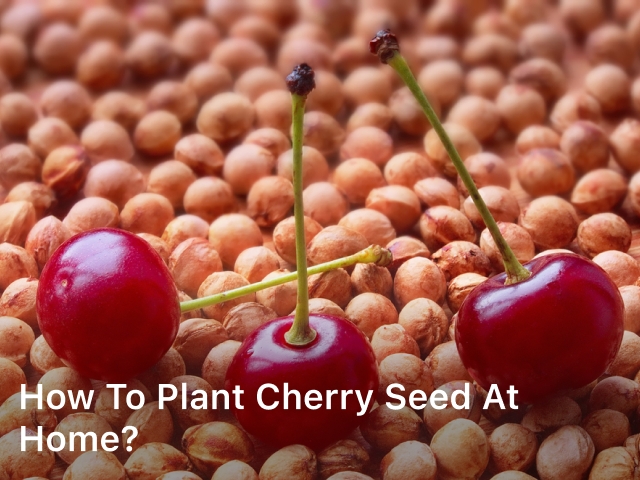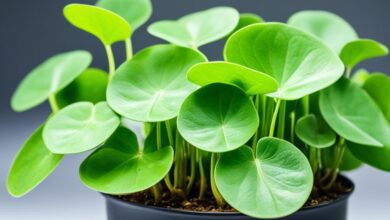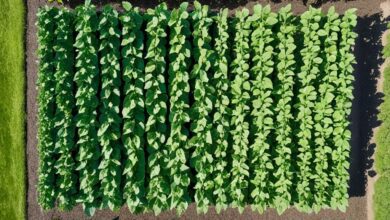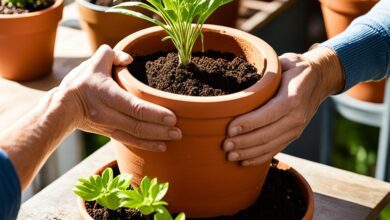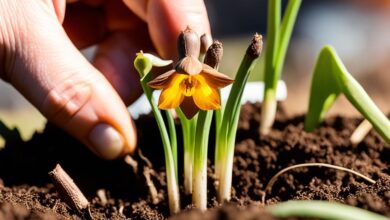Discover the Best Irrigation System for Potted Plants Today!
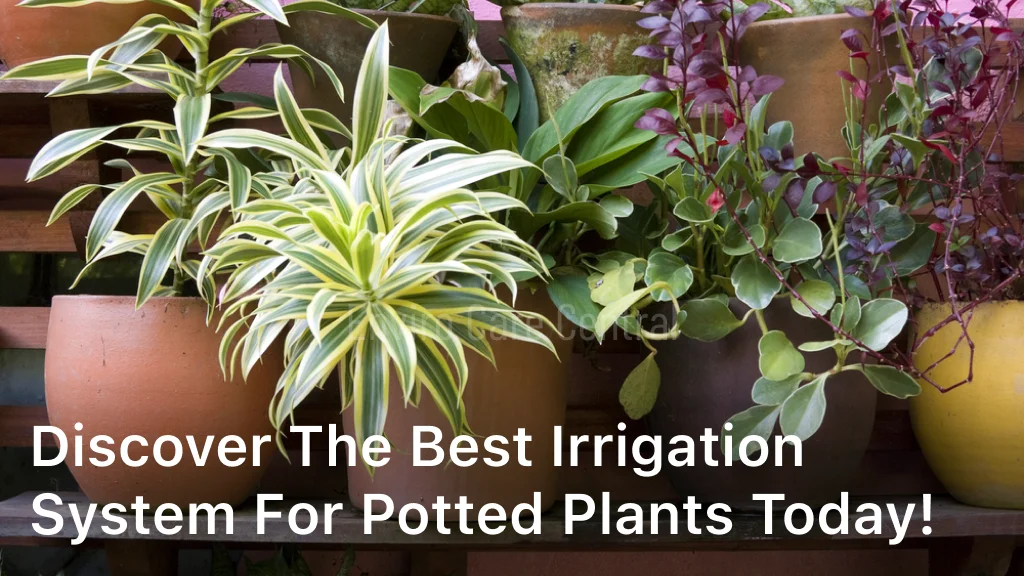
envirocarecentral.com. Discover the Best Irrigation System for Potted Plants Today! – Explore with us the best irrigation system for potted plants. Our comprehensive guide helps you make informed decisions and effortlessly maintain lush greenery.
If you’re like most people who love gardening, you understand the importance of maintaining lush greenery in your potted plants. However, keeping your potted plants adequately watered can be a challenging task, especially if you have a busy schedule.
That’s where investing in the best irrigation system for potted plants becomes essential. An irrigation system can help you maintain the right moisture levels in your potted plants, ensuring their health and vitality.
In this section, we’ll explore the best irrigation system options available for potted plants. We’ll cover factors to consider when selecting an irrigation system for your potted plants and highlight key features you should look for in an irrigation system.
Additionally, we’ll provide you with essential maintenance tips for your irrigation system and potted plants so you can effortlessly maintain lush greenery.
Best Irrigation System for Potted Plants
Key Takeaways:
- Investing in the best irrigation system is critical to maintaining lush greenery in your potted plants.
- Choosing the right irrigation system for your potted plants is essential, depending on various factors such as your plant type, pot size, and water usage.
- When selecting an irrigation system for your potted plants, look for features such as water efficiency, ease of use, programmability, and compatibility with different pot sizes.
- Regular maintenance routines are essential to keeping your irrigation system and potted plants in excellent condition.
- By following our recommendations, you can rest assured that your potted plants will remain healthy and vibrant.

Choosing the Right Irrigation System for Your Potted Plants
When it comes to choosing the right irrigation system for your potted plants, there are a few factors to consider. The first is the type of plant you want to water. Different plants have different watering requirements, so it’s important to choose an irrigation system that suits their needs.
Another factor to consider is the size and number of potted plants you have. Larger or numerous pots may require a more robust irrigation system to ensure all plants are getting the proper amount of water.
There are different irrigation system options available, each with their own advantages and disadvantages. One option is a drip irrigation system, which slowly releases water directly to the roots of the plant. This is a great option for water conservation and reducing water waste. Another option is a sprinkler system, which distributes water over a larger area and can be a better choice for larger pots or outdoor gardens.
Types of Irrigation System Options
| Type of Irrigation System | Advantages | Disadvantages |
|---|---|---|
| Drip Irrigation | – Water conservation – Prevents water waste – Directly targets roots | – Requires more maintenance – May be more expensive upfront |
| Sprinkler System | – Covers larger areas – Can be used outdoors – Easy to install | – Prone to water waste – Can cause soil erosion – Not ideal for plants with water-sensitive foliage |
| Self-Watering System | – Low-maintenance – Water-efficient – Can be used indoors or outdoors | – May be more expensive upfront – Limited customization options – Requires electricity or batteries |
Ultimately, choosing the right irrigation system for your potted plants depends on your specific needs and preferences. Take into account the type and size of plants, as well as your level of maintenance and water conservation goals. With the right irrigation system in place, you can ensure your plants receive the proper amount of water to thrive.
Key Features to Look for in an Irrigation System for Potted Plants
When selecting an irrigation system for your potted plants, there are several key features to consider to ensure optimal potted plant care. These features include:
| Key Feature | Description |
|---|---|
| Water Efficiency | Avoid wastage of water by selecting a system that delivers only the required amount of water to the plants. This will ensure that your potted plants do not get overwatered or underwatered. Look for systems that have adjustable water flow or use low-flow emitters that regulate water usage. |
| Ease of Use | The irrigation system you choose should be easy to install and operate. Most systems come with user-friendly manuals, but some are more complex than others. Choose a system that suits your level of expertise and technical know-how. |
| Programmability | Programmable irrigation systems allow you to set schedules for watering your potted plants. This is especially useful when you’re away from home or have a busy schedule. Choose a system with an intuitive programming interface and the ability to customize watering schedules |
| Pot Size Compatibility | Irrigation systems come in different pot size ranges, so it’s essential to choose a system that’s compatible with the size of your pots. Look for systems that have adjustable stakes or emitters to cater for different pot sizes. |
By considering these features when selecting an irrigation system, you can ensure that your potted plants receive the best possible care and maintenance. Choose a system that caters to your specific needs and the needs of your plants for optimum plant health and growth.
Taking Care of Your Irrigation System and Potted Plants
Proper maintenance of your irrigation system and potted plants is crucial for their overall health and vitality. Here are some important tips to keep in mind:
Watering Potted Plants
One of the most critical aspects of taking care of potted plants is watering. Overwatering or underwatering can cause damage to the plant’s health. So, it’s essential to strike the right balance.
“As a general rule, most potted plants require checking for water every two to three days, and daily during the summer months.”
It’s best to water your plants in the morning or evening when the sun’s intensity is lower. This reduces the risk of evaporation, which can reduce the effectiveness of watering.
Maintenance Tips for Potted Plants
Apart from ensuring adequate watering, potted plants require other forms of maintenance to keep them healthy. Here are some tips to keep in mind:
| Tip | Description |
|---|---|
| Soil pH | The pH level of the soil plays an essential role in your plant’s health. Ensure that the soil pH is suitable for your plant type. |
| Fertilizing | Fertilize your plants according to their needs. Too much fertilizer can harm the plant rather than help. |
| Pruning | Trim your plant regularly to keep it in shape and promote healthy growth. |
| Cleaning | Remove any dead leaves or debris from the plant to keep it healthy. |
Taking Care of Your Irrigation System
Your irrigation system also requires regular maintenance to function effectively. Here are some tips to keep in mind:
- Regularly check the system for leaks, clogs, or other issues.
- Clean the system regularly to remove any debris or mineral buildup that can cause clogs.
- Test the system regularly to ensure that it’s delivering water effectively to your plants.
By following these maintenance tips, you can ensure that both your irrigation system and potted plants remain healthy and vibrant year-round.
Conclusion
We hope this article has provided you with valuable insights on the best irrigation system for potted plants and how to take care of them. By incorporating our recommendations into your potted plant care routine, you can maintain lush greenery effortlessly.
Remember to choose the right irrigation system for your potted plants based on factors such as water efficiency, ease of use, programmability, and compatibility with different pot sizes. Once you have selected the right system, make sure to regularly maintain it and your potted plants by following proper watering techniques and routines.
At the end of the day, taking care of your potted plants is a fulfilling activity that can bring joy and serenity to your daily life. By investing in the best irrigation system and following our tips, you can enjoy the beauty and benefits of greenery in your home or office.
Thank you for reading! We hope you found this article informative and useful. For more tips on potted plant care and maintenance, stay tuned to our website.
FAQ
What is an irrigation system?
An irrigation system is a method of delivering water to plants in a controlled manner. It helps ensure that plants receive adequate moisture for healthy growth and reduces the need for manual watering.
Why do I need an irrigation system for my potted plants?
An irrigation system for potted plants provides numerous benefits. It helps maintain consistent moisture levels, prevents overwatering or underwatering, saves time and effort, and promotes healthier and lusher growth in your plants.
What are the different types of irrigation systems available for potted plants?
There are various irrigation system options for potted plants, including drip irrigation, self-watering systems, and sprinkler systems. Each has its advantages and suitability for different plant types and pot sizes.
How do I choose the right irrigation system for my potted plants?
When selecting an irrigation system, consider factors such as your plant’s water requirements, pot size, available space, and your own preferences. It’s important to choose a system that suits your specific needs and ensures efficient water delivery to your plants.
What are the key features I should look for in an irrigation system for potted plants?
Important features to consider include water efficiency, ease of use, programmability, compatibility with different pot sizes, and the ability to adjust water flow. These features will help ensure optimal performance and convenience when watering your potted plants.
How do I take care of my irrigation system and potted plants?
Proper care involves regular maintenance of your irrigation system, such as checking for clogs, leaks, and ensuring proper functioning of timers or sensors. Additionally, you should monitor your potted plants’ water needs, adjust watering schedules as necessary, and provide appropriate fertilization and pruning.

